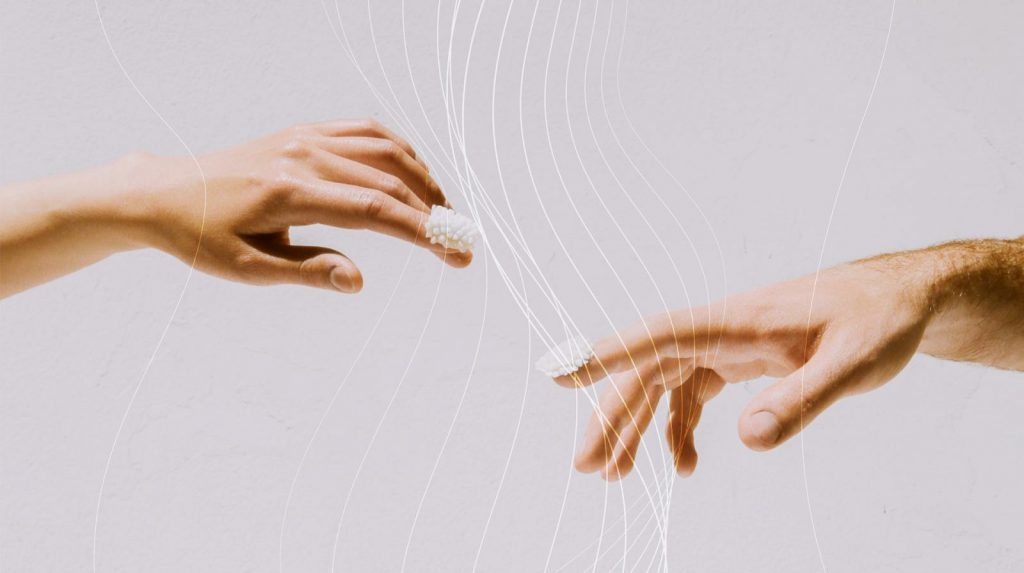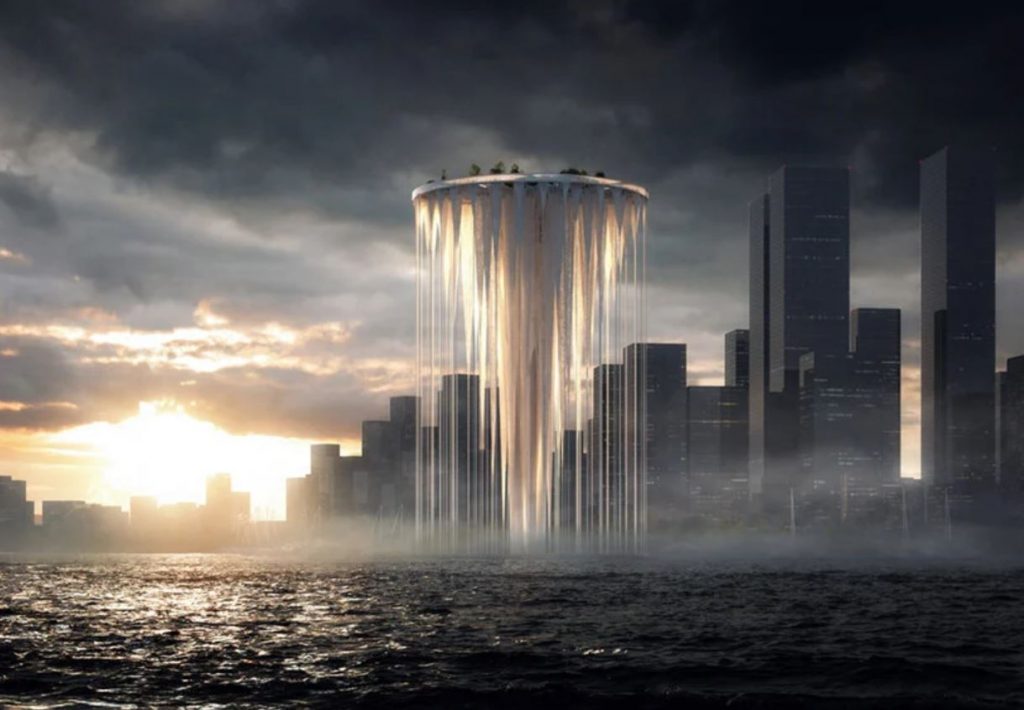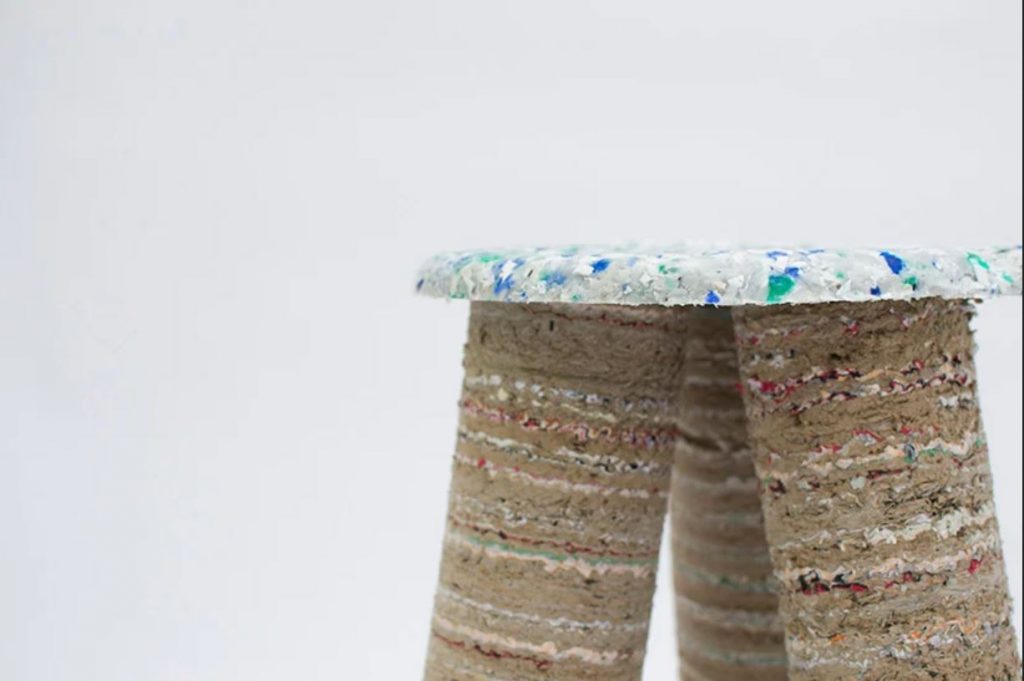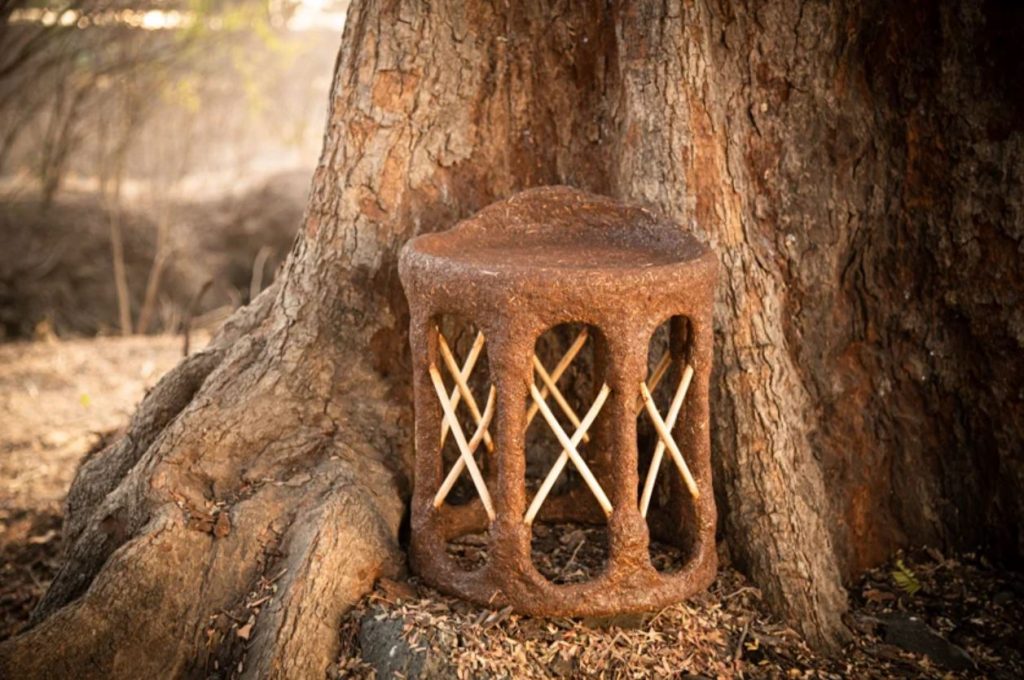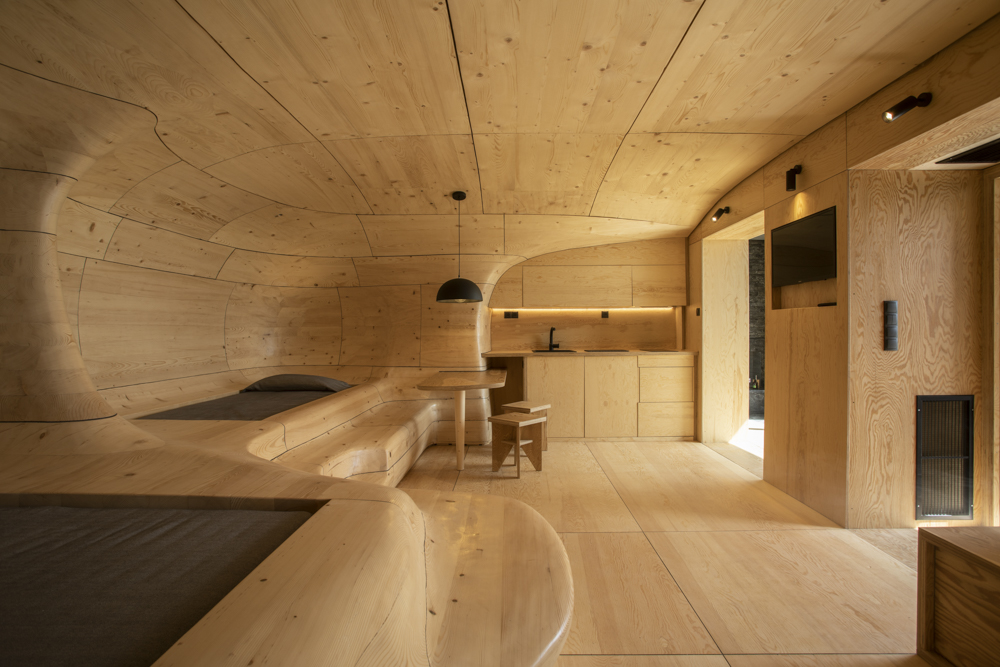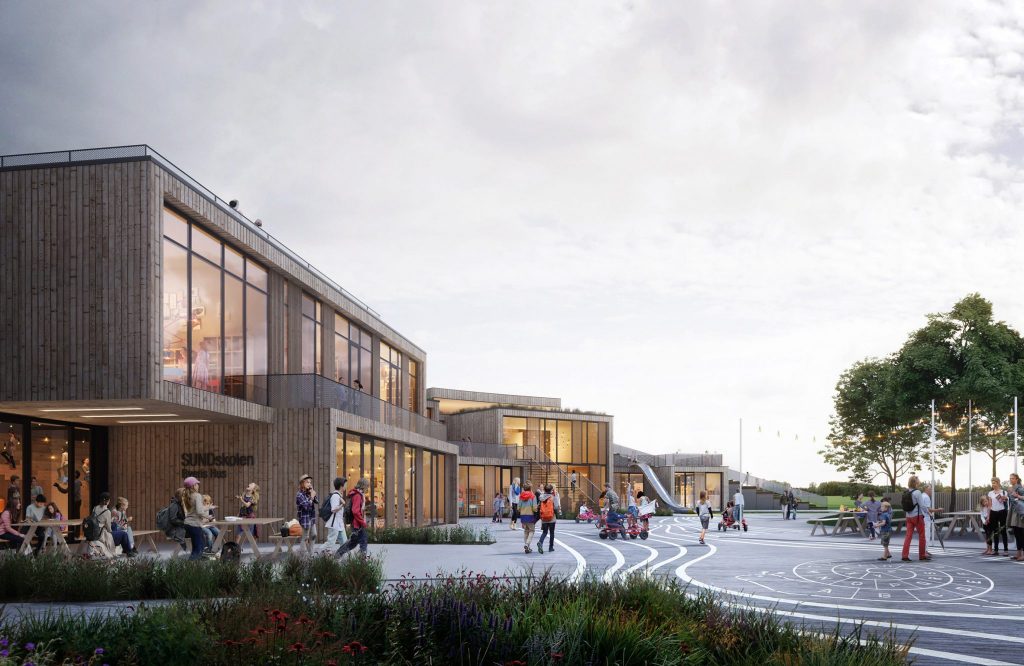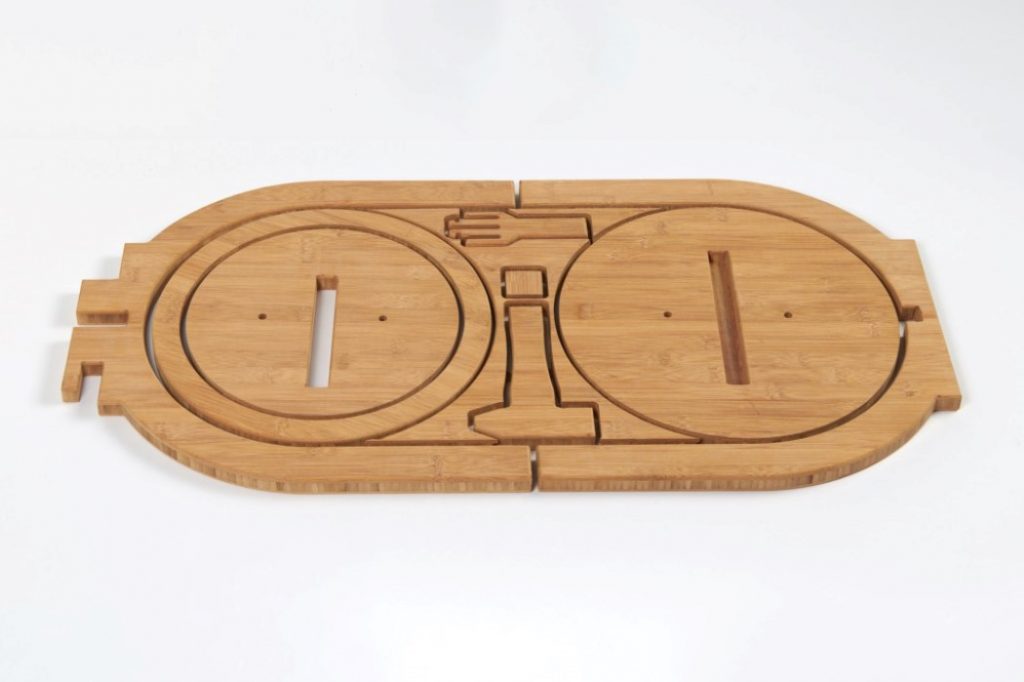Wearable technologies have become an integral part of our daily lives. The list of smart devices that can be worn on the body includes much more curious wearables than an Apple Watch or a VR headset. Top-of-the-line devices can track biometric data, push the boundaries of training, enhance communication providing tactile feedback, and even automatically cool or warm the body based on body temperatures. Be it gaming, fashion or healthcare industries, these electronic devices are becoming popular consumer technologies that take us right into the future.
